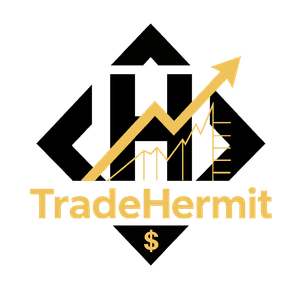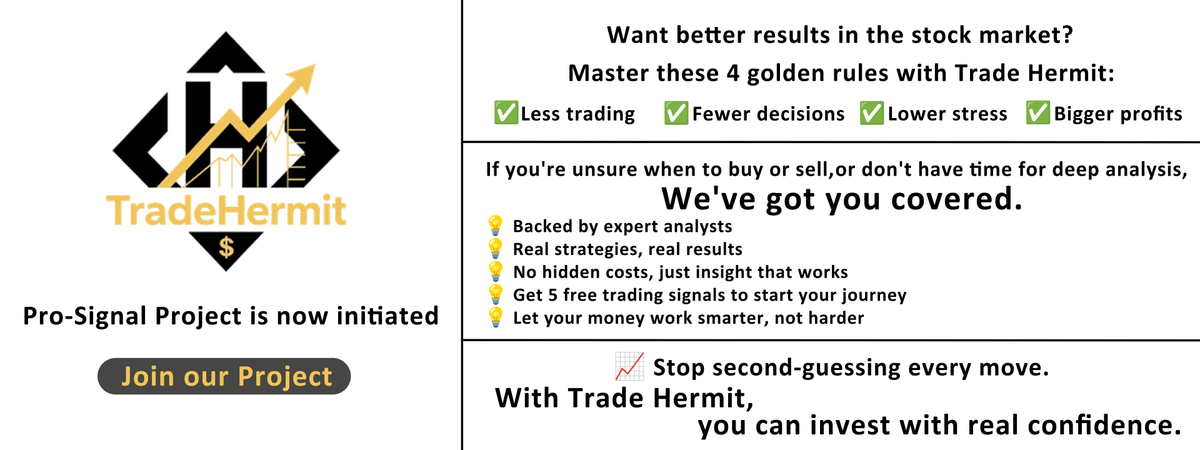I. Market Overview: Indices Slip as September “Curse” Looms
On Friday, August 29, U.S. equities ended lower across the board, snapping their winning streak. The Dow fell 0.38%, Nasdaq lost 1.12%, and the S&P 500 shed 0.60%. After the S&P’s record high earlier in the week, investors locked in profits ahead of the Labor Day long weekend. Risk sentiment weakened as trading volumes thinned.
Context:
- U.S. markets closed on Monday (Labor Day), leaving only four trading sessions this week.
- Historically, September is a weak month (since 1950, S&P’s average return = -0.7%).
- Valuations remain elevated (S&P forward P/E ~22x), hedge fund equity exposure sits near the 80th percentile historically, raising crowding risks.
II. Key Data: Sticky Inflation, Resilient Consumption, Wider Trade Deficit
- Inflation: July PCE rose +2.5% YoY (in line), core PCE +2.6% YoY. Inflation pressure stemmed mainly from services (portfolio management fees, recreation spending).
- Consumption: Consumer spending +0.7% MoM (vs 0.5% est.), the largest increase in 4 months.
- Trade: July goods trade deficit widened 22.1% to $103.6B (vs $89.5B est.), raising concerns that Q3 GDP growth could slow.
Implications:
The data reinforced the narrative of “sticky inflation, resilient demand,” but the ballooning trade gap dampened optimism on Q3 momentum. Together with NVIDIA’s valuation overhang, money rotated to defensives.
III. Sector Performance: Chips & AI Hardware Weigh, Defensives Gain
1.Chips & AI Hardware – Correction Zone
Catalyst: Alibaba announced it would design in-house AI chips and use domestic fabs, sparking fears of accelerated substitution away from NVIDIA.
Pressure Points: NVIDIA’s Q2 showed slowing data center growth, muted guidance; Dell and Marvell revealed softer AI server demand.
- Dell: Q2 revenue +19% beat, but AI server sales -53% QoQ; margins (18.7%) below expectations.
- Marvell: Q2 DC revenue $1.49B (+69% YoY but flat QoQ, below est. $1.51B); Q3 guide $2.06B vs $2.11B est.
2.Defensives Bid Up
Healthcare (UNH), staples (WMT), energy, and utilities saw inflows as investors rotated away from crowded tech.
3.Volatility (VIX)
The VIX ticked higher but remains heavily shorted. Hedge funds have built the largest net short in three years. With seasonality turning unfavorable, this extreme positioning could amplify volatility shocks in Sep–Oct.
IV. Stock Highlights
Alibaba (BABA): Revenue +2% YoY, net profit +76%; Taobao Flash sales MAUs +200% MoM. Stock +13%, despite AI chip headline sparking geopolitical chatter.
Dell (DELL) & Marvell (MRVL): AI hardware demand cooling → Dell -3%, MRVL -5%.
APLD: Announced $11B lease deal with CoreWeave, yet stock -3.7% as AI hardware sentiment soured.
CRWV: Intraday -6% then reversed; but risk remains (high debt, weak cash flow, expensive NVIDIA GPU purchases).
Oracle (ORCL): Fell sharply despite no negative news—likely caught in AI infra de-risking.
Affirm (AFRM): Q4 revenue +33%, swung to $69M profit; GMV +43%. Stock spiked +24% intraday but faded, closing +10.6% (resistance at $100).
Elastic (ESTC): Beat & raised, stock +19% premarket, but closed -3.1% (“sell the news” pressure).
Ambarella (AMBA): Q2 revenue +50%, loss narrowed; raised FY guide. Stock +32% intraday, closed +16.8%, broke 200W MA (reversal candidate).
Caterpillar (CAT): Warned tariffs to raise costs $1.5–1.8B; stock -3.65%.
Ulta Beauty (ULTA): Q2 revenue +7.7%, EPS beat, raised guidance. But mgmt warned of slowing growth; technical triple-top near $575 = risk of pullback.
V. Takeaways & Strategy
Themes:
- Market paused after record highs; seasonality & valuations favor caution.
- Rotation from crowded AI/chips into defensives.
- “Sell the news” remains the norm in post-earnings trades.
Strategy:
- Trim large-cap tech (esp. AI hardware) ahead of September volatility.
- Watch for “oversold bounces” in beaten-down names (e.g., APLD, AMBA).
- Maintain defensive exposure (healthcare, staples) as hedge.
- Avoid chasing post-earnings spikes; set tight stops in speculative trades.

